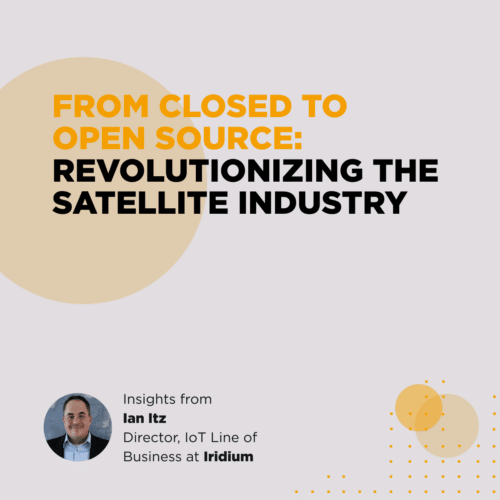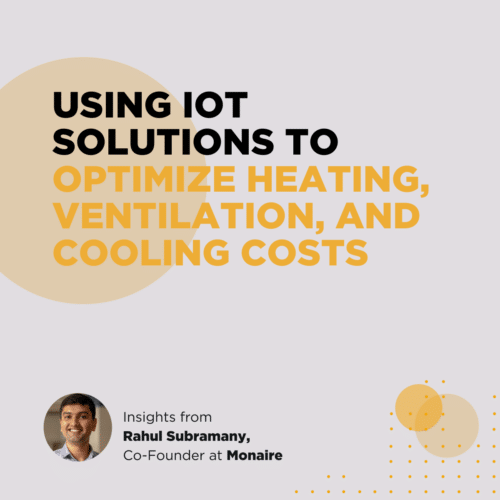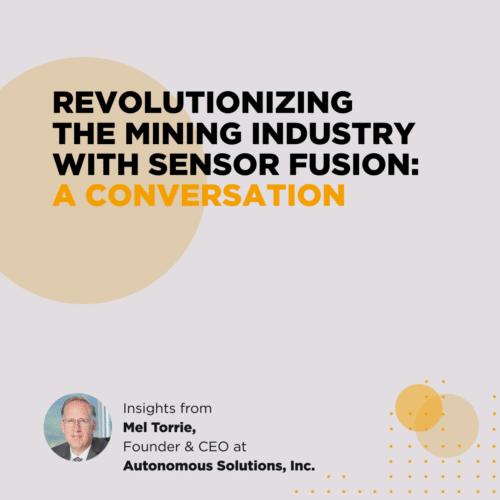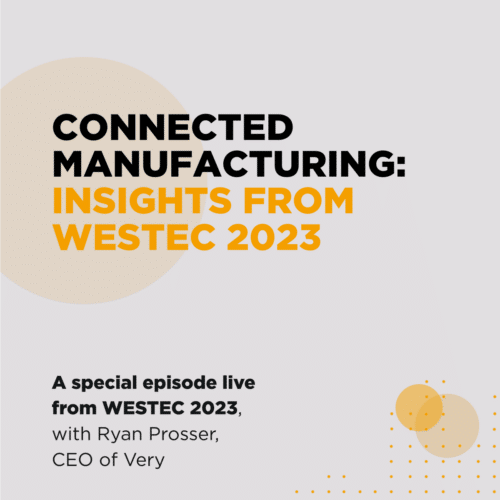Podcast
Episode 9: Intrapreneurship, Internal Incubation, Spinoffs, and IoT Product Development
July 6, 2021
38 minutes
Intrapreneurship, Internal Incubation, Spinoffs, and IoT Product Development
Many of the world’s greatest innovations emerge from intrapreneurship. Given the space to incubate tangential ideas, employees often create products that become the basis for spinoff companies.
We chat with Bob Marshall and Joe McNulty from Whisker Labs — a company born out of intrapreneurship. Bob is the Founder and CEO, and Joe is the SVP of Product and Partnerships.
Topics that we covered:
- The origin story of Ting
- Intrapreneurship and innovating within a company
- Analyzing whether a personal mission has legs as a business
This post is based on a podcast episode with Ryan Prosser, Luke Wilhelm, Bob Marshall and Joe McNulty. To hear more interviews like this one, subscribe to Over the Air wherever you listen to podcasts.
The Origin of Ting
Our story starts at Earth Networks — a global lightning detection company. Earth Networks built the world’s largest climate and weather network by deploying sensors connected to the internet around the world to measure pulses of energy. It was IoT before the term had even come about. Bob was a co-founder.
It’s around this time that his sister-in-law experienced a catastrophic event. An electrical fire completely destroyed her home, though luckily, her family was unharmed.
Earth Networks employed some of the best electromagnetic engineers on the planet. They had already proven that they could create sensors that detected sparks in the sky. Was there any way they could stop an electrical fire before it started by creating sensors that could detect sparks that were far smaller within a home?
Solving Complex Problems with Simplicity
Bob challenged members of his team to leverage the core technology they had created for Earth Networks to solve the problem.
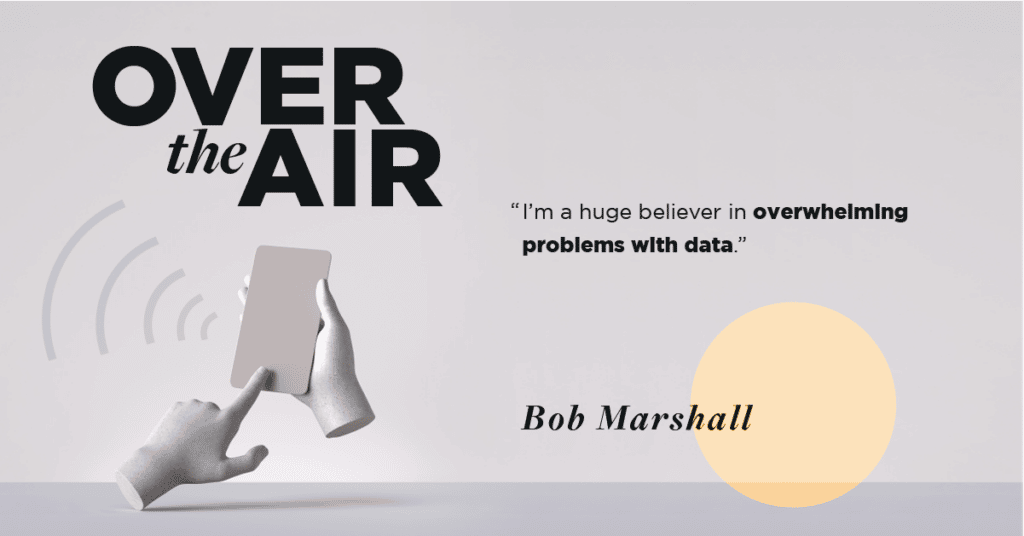
It took two to three years, but they finally had a breakthrough one Thanksgiving. They had found a way to pick out these miniscule sparks out of the sea of electrical noise within a home. Now the question was how to make a simple, elegant product.
After some iteration, they settled on a plug that connected to WiFi and sampled the electricity within a home 30 million times a second. That data would then get sent to the cloud and machine learning would take over. If a fire hazard was detected, an app would lead you through steps to prevent it. Ting was born.
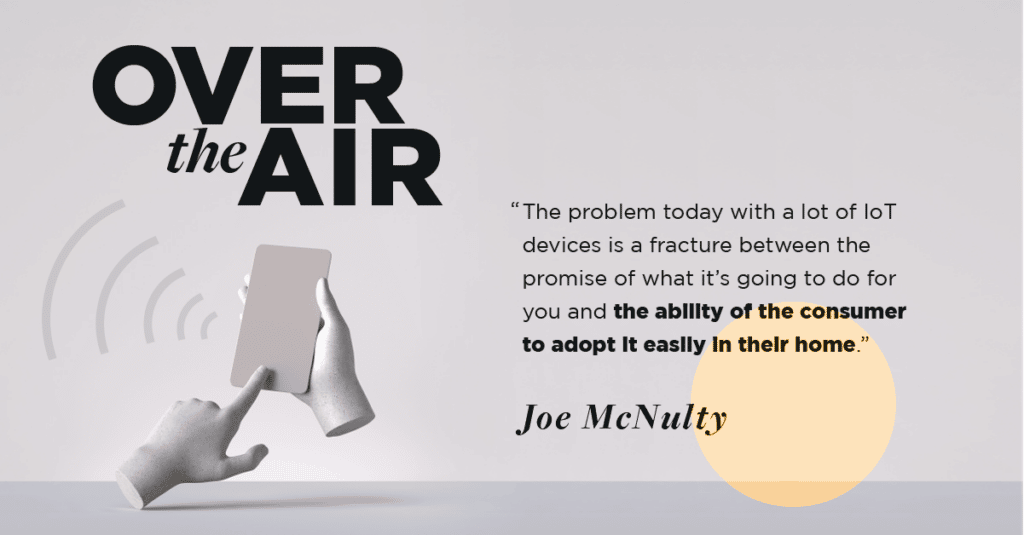
Intrapreneurship: Innovating From Within a Company
In this case, intrapreneurship resulted in Whisker Labs — a brand new company created to produce Ting. But oftentimes, intrapreneurship results in products that remain under the umbrella of the parent company. How do you know when it’s right to spin off a product into a brand new entity? Bob and Joe have some advice.
Shared Customers
You should consider whether you are selling to the same people. If you are selling to the same people and using a similar business model, it might be better to keep it within the company.
Level of Investment
Another consideration is whether you can raise the capital necessary within the existing company. An investor is more likely to pay attention to a product from a spinoff company with a singular focus than one from a larger organization with multiple offerings.
It’s also useful to consider the exit. Do you plan on taking the company public or selling it? What set up will create a better outcome?
Human Capital
In some instances, spinning off a new company creates excitement and a new sense of dedication among the employees.
In the case of Ting, many employees jumped at the chance to join the new venture. It was an opportunity to solve a really big problem and produce meaningful work. They knew it would be a risk; if the company failed, their jobs would disappear. But if they succeeded, they would have a positive impact on billions of people around the world.
Balancing a Personal Mission with Dispassionate Judgment
As previously mentioned, it was Bob’s own personal experience with an electrical fire that sparked the idea for Ting. Personal imperatives like this can be potent rocket fuel for developing life-changing innovations. On the other hand, passion can also blind you to the fact that there’s little demand for your personal project.
Bob and Joe have some thoughts on that.
“I think the personal aspect is important in many ways,” Bob says. “On the business side, you just have to be completely dispassionate. Is there a business opportunity or not?”
In other words, you have to do the market research. You don’t want to spend millions of dollars on a problem that no one cares about.
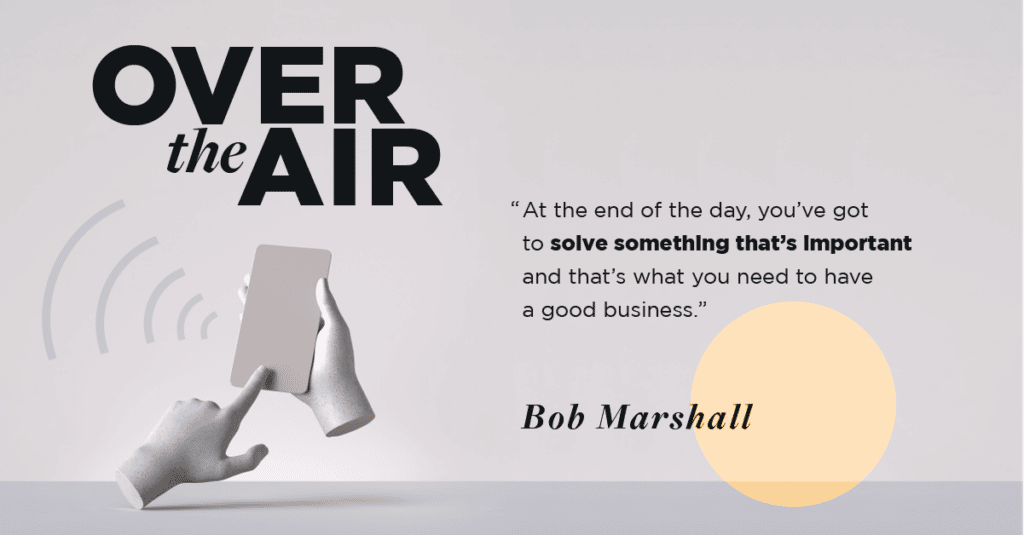
If you’re partnered with someone who has this personal passion, Joe suggests making it the company’s mission to solve that problem for someone who may encounter it in the future.
“You’re separating yourself a little bit from the personal experience,” Joe says. “You’re turning it into your North Star, which is how do I solve this for the next person, and not just the next person, but for everyone who is concerned about this type of problem.”
Any questions for our guests? Contact Bob at [email protected] and Joe at [email protected].
Never miss an episode of Over The Air by subscribing wherever you listen to podcasts.

Hosted by: Ryan Prosser
CEO at Very
As Very's CEO, Ryan collaborates daily with product, sales, and marketing to deliver the IoT solutions our clients look for. He is also a champion for our culture, fostering transparency and efficiency across our distributed team.




